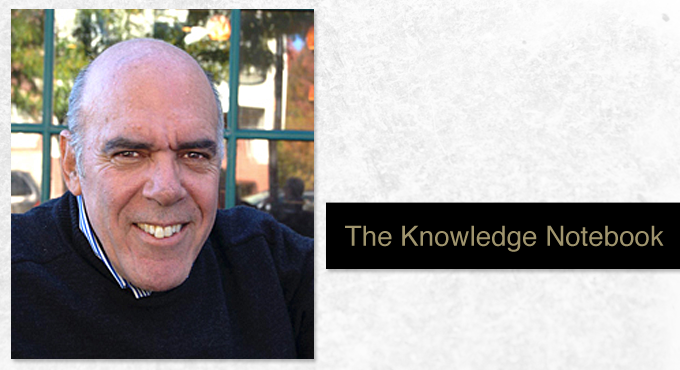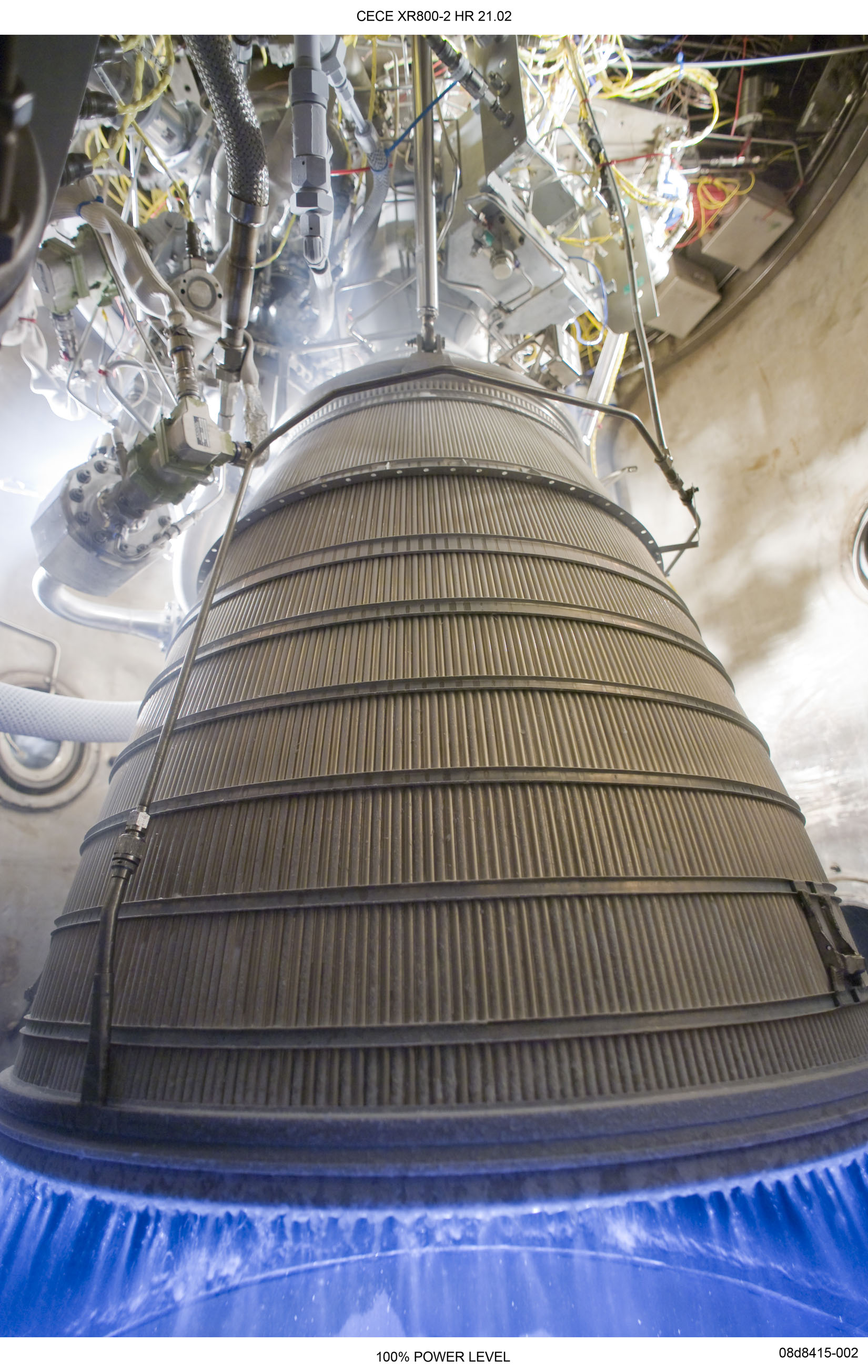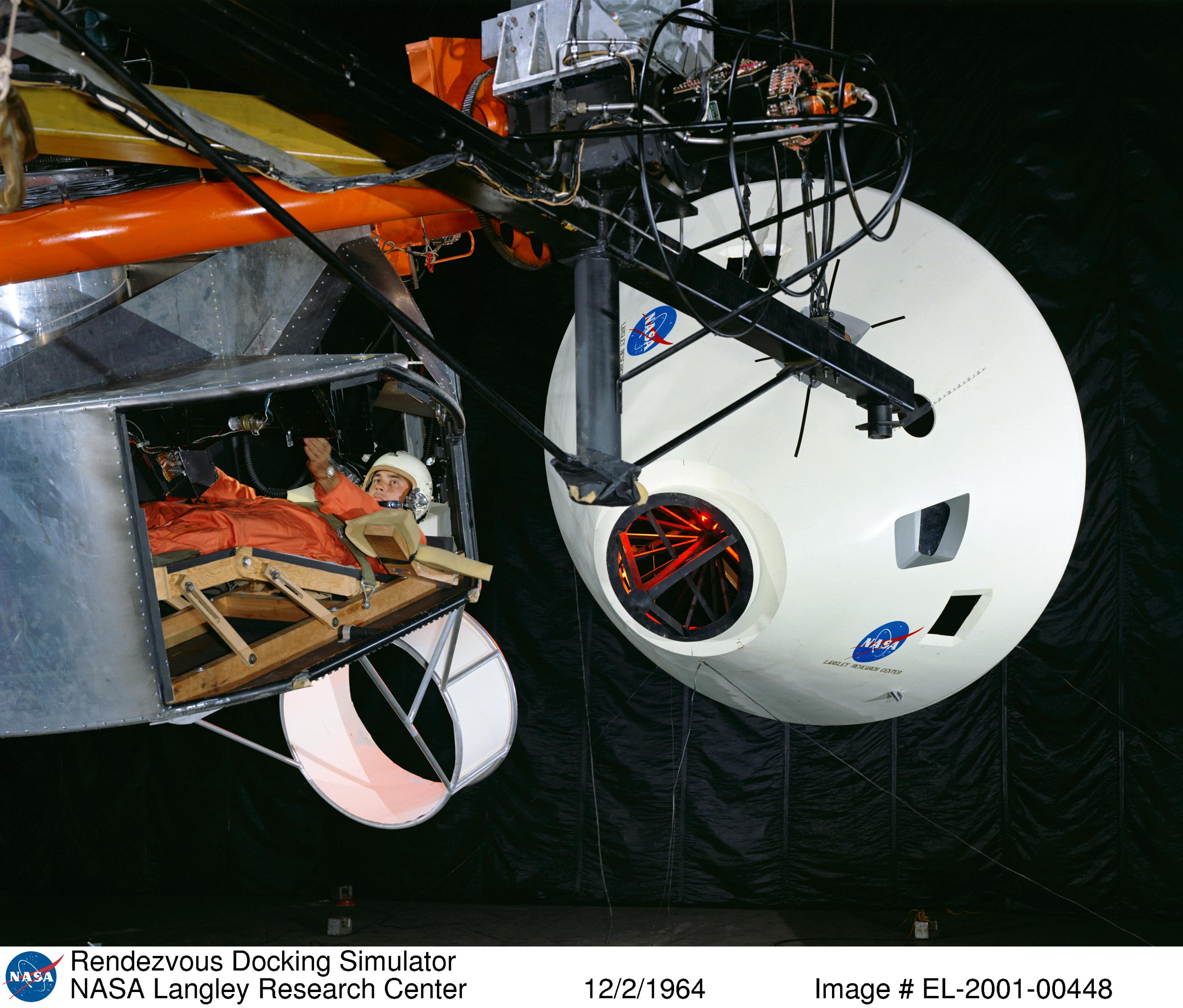By Laurence Prusak
If you have traveled in France or Italy recently, you have probably become aware of the “slow food” phenomenon.  In contrast to the fast-food outlets we find everywhere in the world—even in France and Italy—the slow-food movement seeks to convince people of the value of food that takes time to prepare and is eaten slowly and thoughtfully. Although I am personally quite sympathetic to the motives of these epicurean evangelists and enjoy the kind of food they promote, I wouldn’t want to bet on their success against the incessant marketing for fast food and the potent and addictive combination of salt and fat the industry supplies.
In contrast to the fast-food outlets we find everywhere in the world—even in France and Italy—the slow-food movement seeks to convince people of the value of food that takes time to prepare and is eaten slowly and thoughtfully. Although I am personally quite sympathetic to the motives of these epicurean evangelists and enjoy the kind of food they promote, I wouldn’t want to bet on their success against the incessant marketing for fast food and the potent and addictive combination of salt and fat the industry supplies.
The factor that most likely hampers the slow-food movement is that the ill effects of fast food and fast eating are slow to be felt. You can eat greasy burgers and fries for quite a while and not experience any obvious ill effects—except perhaps being forced to buy bigger clothing.
There is another phenomenon that loves speed for its own sake and that I consider as pernicious as fast food. It is what I can only call “fast learning.” It is true that few people get riled up when they hear that the time for their training sessions has been reduced by a day or two. But that probably says more about how the whole training experience is valued than about any belief that they are likely to learn more in less time. What I consider an indisputable fact, yet one almost everywhere ignored in our organizational lives, is that effective learning takes time. Real time. There are no exceptions. There are no techniques or technologies that appreciably reduce the time it takes to learn without reducing the quality of the learning. This has been true for a long time. Well over two thousand years ago, when King Ptolemy of Egypt asked Euclid for a quick and easy way to learn geometry, the creator of that branch of mathematics answered, “There is no royal road to geometry.” In other words, everyone, even the king, has to go through the same rigorous and lengthy learning process.
Nevertheless, the e-learning industry in its many forms has tried to promote its various learning tools and methods as not just more accessible or more convenient but more efficient. There is some truth to their claims for convenience and accessibility, but efficiency—fast learning—is a myth advanced by people who are trying to sell you something. To genuinely and thoroughly learn something that is useful in your work takes both study time and participation in the relevant activity. Neither is sufficient without the other and both are intensive, extensive, and largely social activities that can’t be packaged on a CD-ROM or a Web site for you to absorb at 11:30 p.m. after work and family time.
Think about a subject you know. I don’t mean one you just have a lot of information about. You may “know” the capitals of many countries, for instance, or who won the past ten World Series, but that is a kind of knowledge that can be reduced to sentences, lists, or propositions and can probably be taught electronically and learned fairly quickly—as quickly as you can absorb straightforward and unambiguous information. No problem. But this kind of “quiz show” knowledge is very far removed from the type of knowledge that is required for effective project management or cosmology or materials engineering or a thousand other complex and demanding professional activities.
That professional expertise, which goes to the heart of NASA’s work and how it gets done, is much more tacit, subtle, and elusive than mere facts about geography or sports. As far as I know, there are only two ways to learn it. The first is through social learning, in real rather than virtual meetings and classes. Discussing theories, methods, cases, and experiences with experts and other practitioners is a very credible way to acquire real knowledge in ways that “stick.” The other way to learn how to do challenging work is by actually doing it and reflecting on what you have done. This creates and internalizes lasting learning that includes the real-life expertise that can only be acquired through experience and over time.
These are the learning experiences that create lasting value for the practitioner and the organization. Like good food, cooked and eaten slowly, this kind of learning always takes time and effort. But if you want to increase your skills (rather than your waistline) in a meaningful way, you need to resist the empty promise of fast learning. There is no royal—or virtual—road to engineering or project management excellence either.









